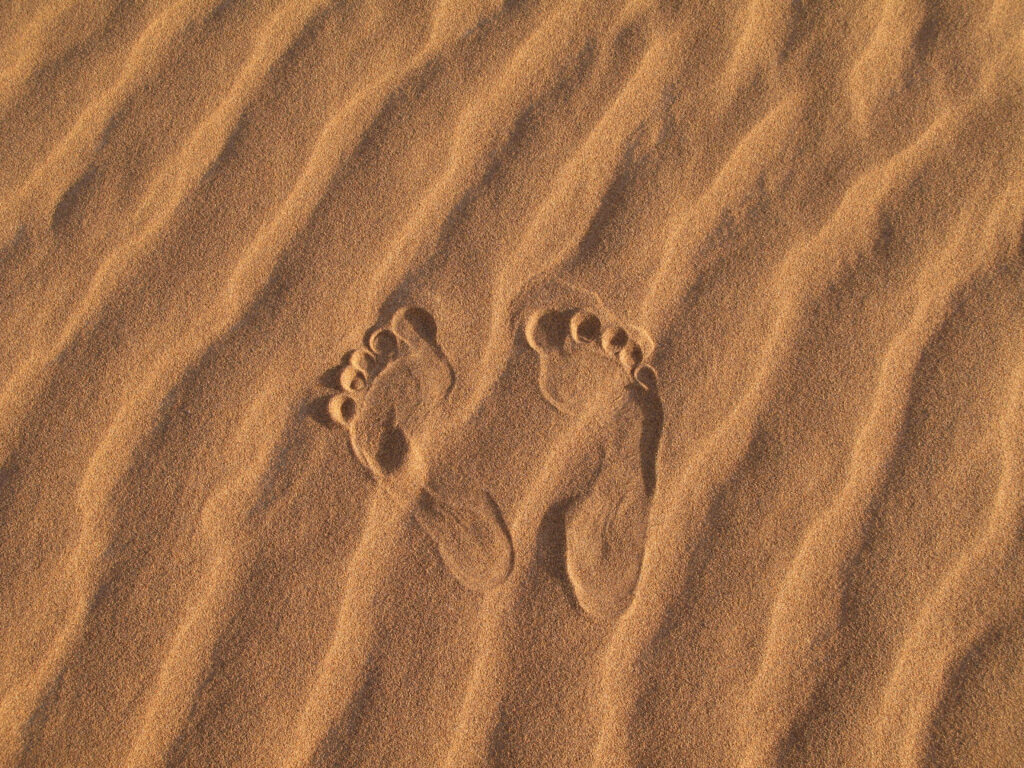Gunshot residue is the consistency of flour and typically only stays in the hands of a living person for 4–6 hours. As a crime scene investigator, reconstructing a crime scene is very important in firearm cases.
In a crime scene for investigators, it is important to determine whether it was suicide or homicide or who may have shot the firearm might be critical to a case.
Qualified Forensic Experts are very important in such cases. When a person has fired a weapon, the detection of gunshot residues (GSR) on the hands of a suspect can be of great significance.
Firing Mechanism: When the trigger is pulled, the firing pin strikes the primer cap of the cartridge and it causes some sparking chemical reaction. After that, it ignites the gunpowder in the cartridge.
The burning gun powder causes a build-up of pressure and temperature gasses within the cartridge.
From this high amount of heat and pressure, the bullet moves forward and exits out of the muzzle of the firearm.
What is gunshot residue?

The residue of the combustion products, which comprises both burnt and unburnt gunpowder particulates, metallic components of the ammunition and firearm, and the elements of the primer mixture called gunshot residue.
Gunshot residue is formed when a bullet is fired from a gun and it releases some vapors from the primer and these vapors will become solidified into particles.
These particles were attached to nearby objects or people. The gasses which are released from the gun are mainly composed of carbon dioxide, carbon monoxide, water as steam, and oxides of nitrogen.
The chemical elements in the primer will get ignited, the metallic components in the gunpowder will become volatile and blow out from the primer cap as vapors these vapors will get to become small-sized spherical and spheroidal particles.
When a weapon is fired, the residue is propelled both forward and backward. The residue will attach to the person’s clothing and hands of a suspect.
The residue particles will have different shapes and sizes. Sometimes they are in front of the cylinder. In some self-loading guns, the gasses will go through the ejection port.
In these types of guns, the residue particles get deposited in the hands of the firer, depending on the position of the ejection port.
Composition of gunshot residue:
- The composition of gunshot residue depends upon:
- Formulation of primer
- Formulation of propellant
- The barrel scrapings
- The composition of projectile
The primer contains multiple chemicals like lead styphnate, barium nitrate, and antimony sulfide. When testing the gunshot residue, the examiners will look for lead(pb), barium (Ba), and antimony(sb).
If a particle contains all these three elements, then the examiners will conclude that the gunshot residue is unique.
But if it contains only one or two elements, then it is considered being consistent with gunshot residue. All these three elements are for different purposes.
Lead is the standard initiator in modern primers, and barium is for releasing oxygen in small arms firearms, and antimony is fuel.
So, when the firing pin strikes the primer, the lead will start.
After that, the barium will release the oxygen to burn the antimony, which comprises fuel. When the antimony burns, it ignites the gunpowder with a huge amount of heat and pressure. After that, the bullet will exit out of the muzzle.
Role in Forensic Science:
- GSR is one of the most important pieces of evidence in explosive cases and violent crimes
- The investigators have to be trained mainly in evidence collection and have some knowledge of forensic science
- The investigators have to reconstruct the crime scene from which place the suspect is fired and they have to know from which angle the weapon was fired.
- In an investigation of the crime scene, the examiners have to look at mainly the hands of the suspect, clothes, and the area surrounding the shooter.
- From hands, the examiners have to check left-back, left palm, and right back, right palm.
- Whenever the suspect is using rifles and shotguns, the examiners have to look at the face because of blowback towards the face, hair, and chest.
- The clothes will preserve the gunshot residue if the gunshot residue will be not there on hands. Because clothes will be not washed quickly as someone would be their hands.
- The investigators have to check the area of the victim’s wounded. In that area clumps of residue will be formed and checking of immediate surrounding areas up to approx three feet.

Collection of GSR:
- Use gloves and personal protective equipment.
- For collecting the particles on hands, hair, chest, face, and other surfaces, cotton swabs, and adhesive tapes must be used.
- If the sample is being examined with atomic absorption and inductively coupled with plasma, then cotton swabs should be used.
- Whenever the sample is analyzed with a scanning electron microscope, then adhesive stubs must be used
- Time plays a crucial role in collecting the residue. If the time increases, then the presence of residue particles will be decreased.
- The examiner has to collect the residue evidence within three to six hours after the incident took place. Whenever the examiner checks the articles in clothes, there is a chance of contamination of evidence collection or packing or transport.
References
- Brian j.heard (2008).Hand book of firearms and ballistics examining and interpreting forensic evidence
- www.arcgis.com



Pingback: Forensic Footprints and Forensic Podiatry - Nyayik Vigyan